The US Air Force’s 22nd Air Refueling Wing unit made two single-pilot test flights with a KC-46 tanker. But will this become a regular event?
This test took place on the 25th of October this year. But it was a project that we first heard of back in July this year. At the time, the idea behind it was to put fewer service members at risk, during “high-end” combat operations. Other possible benefits, according to USAF’s latest release, include the launch of aircraft quickly or to “extend long-range operations in the air with offset crews”.
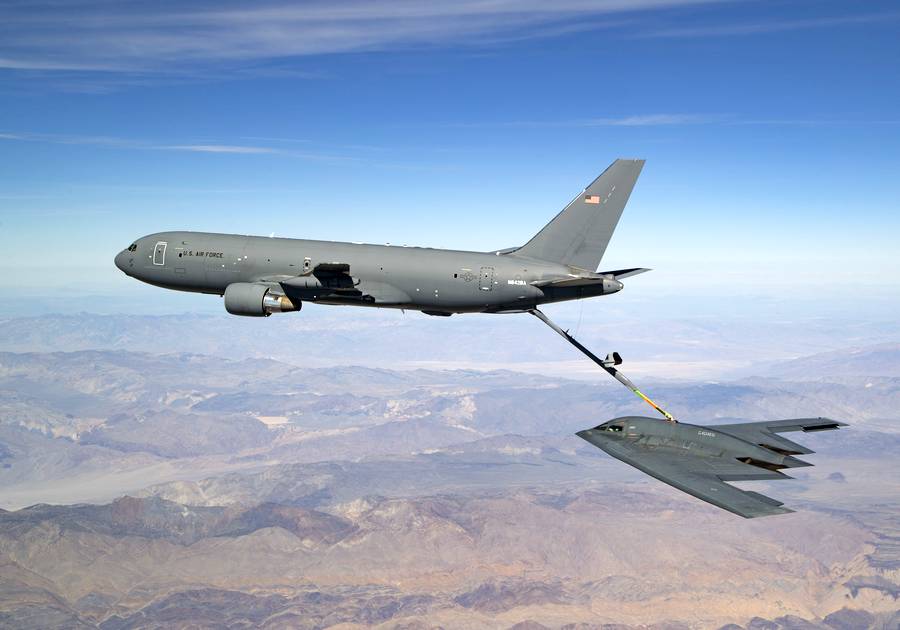
Crews first made extensive use of simulators, to prepare for these single-pilot KC-46 test flights. Normally, the aircraft flies with two pilots and a refueling boom operator. For these flights, the boom operator sat in the cockpit with the single pilot, until refueling operations began. Also present was a second instructor pilot, as a safety observer.
KC-46 Single-Pilot Flights
The KC-46 test team made just two single-pilot flights. For the first of them, the aircraft simply took off and flew around the pattern. But immediately after a debrief and assessment, the crew started preparing for the second flight. This would involve much more representative mission tasks. The single pilot crew took off in their KC-46, met other aircraft to offload fuel, and it met a tanker to pick up fuel as well.
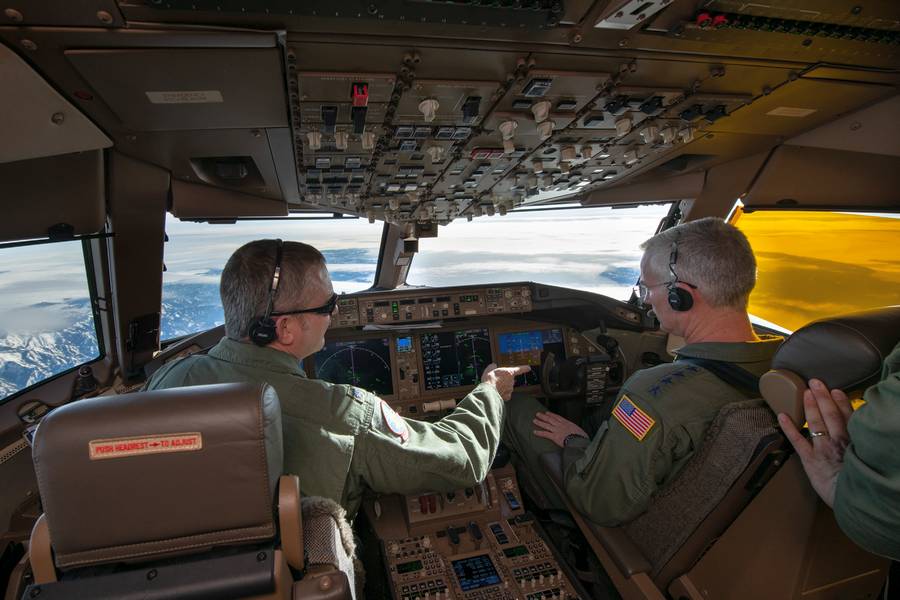
The mission included normal ground operations and preflight tasks, as well as debriefing after landing. A second KC-46 accompanied the test aircraft as part of the simulated missions, and to provide radio assistance if necessary. Colonel Nate Vogel, Commander of the 22nd Air Refueling Wing, said this about the simulator sessions that the crew made, before their single-pilot KC-46 test flights:
“Each phase of evaluation has been carefully considered, taking into account crew safety, aircraft capabilities, and existing federal aviation standards. That allowed us to make a deliberate and thorough analysis of what risks and hurdles are present, how to mitigate those, and allowed us to recommend training requirements to familiarize crews with the basic functions and critical controls of unfamiliar crew positions.”
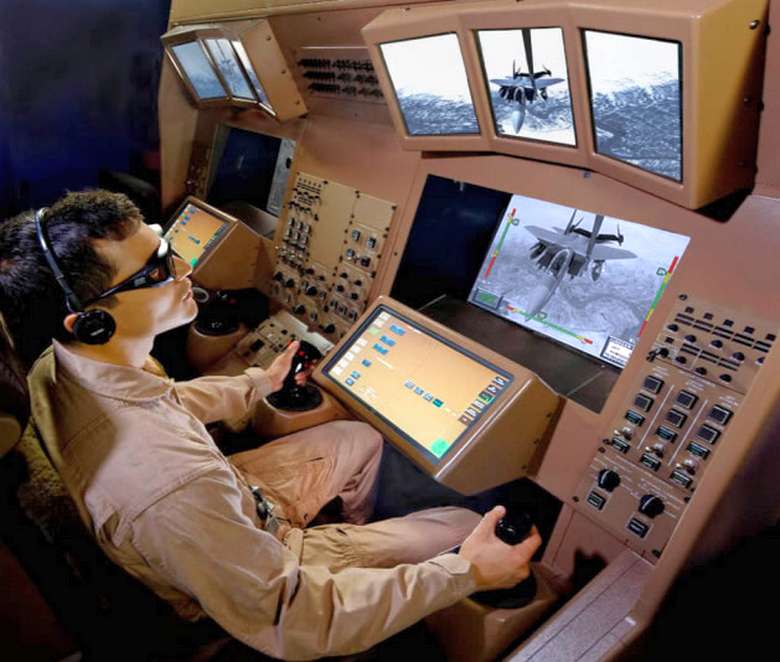
From the above, it seems that preparation for the single-pilot tests included some familiarization with key cockpit controls for KC-46 boom operators. The 767 that the KC-46 is developed from is a 40-year-old design. But the KC-46 incorporates newer avionics, including more modern crew alerting and warning systems. Boeing and the air force “borrowed” and adapted systems from the 787, to make this possible.
Critics And Commercial Applications?
Even so, this single-pilot KC-46 test program has drawn a lot of criticism, including from military circles. The US Air Force has long-established pilot shortage issues. Attracting enough pilots apparently isn’t the problem; but retaining them long enough, often is. So for some, this test program is seen as a way around the military pilot shortage.
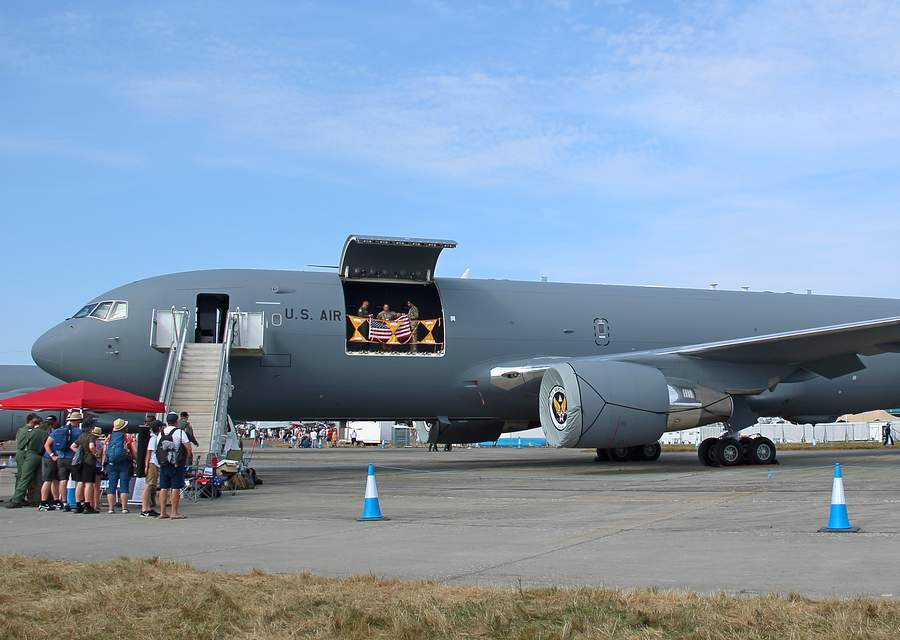
As we have seen, Airbus and others are working on reduced crew programs for airliners. But these are quite different from the single-pilot program that USAF is testing on its KC-46 tanker. In commercial aircraft, a single pilot would sit in the cockpit during cruise only. These programs are for long flights, that would normally have three or more pilots, under current rules.
So in key phases of flight, there would still be two pilots on board. However, making such programs a reality will take time. It will also involve newer aircraft, with adequate automation and alerting systems. And to begin with, these new aircraft will be freighters, like the Airbus A350F.
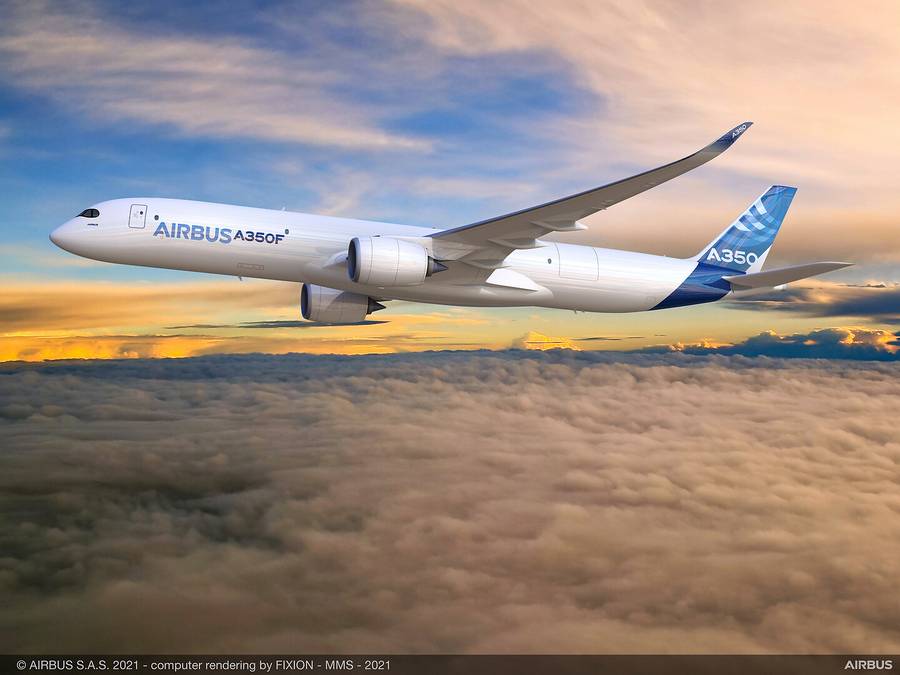
But this means that for the next decade at least, the numbers of potential aircraft that could involve reduced crew operations, are relatively small. Plus, with long-haul flying being the norm for these freighters, multiple aviation authorities will need to sign off on the idea, to make it happen.



